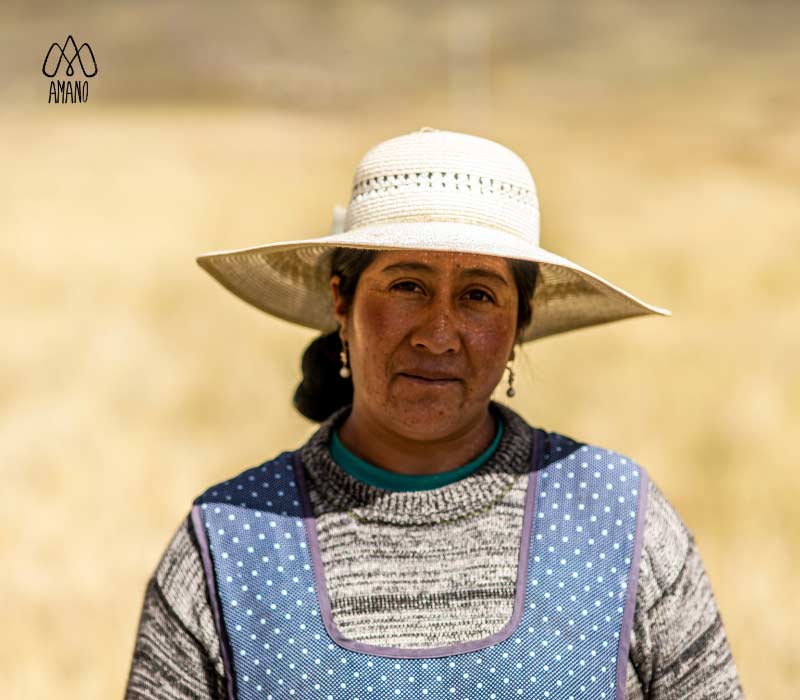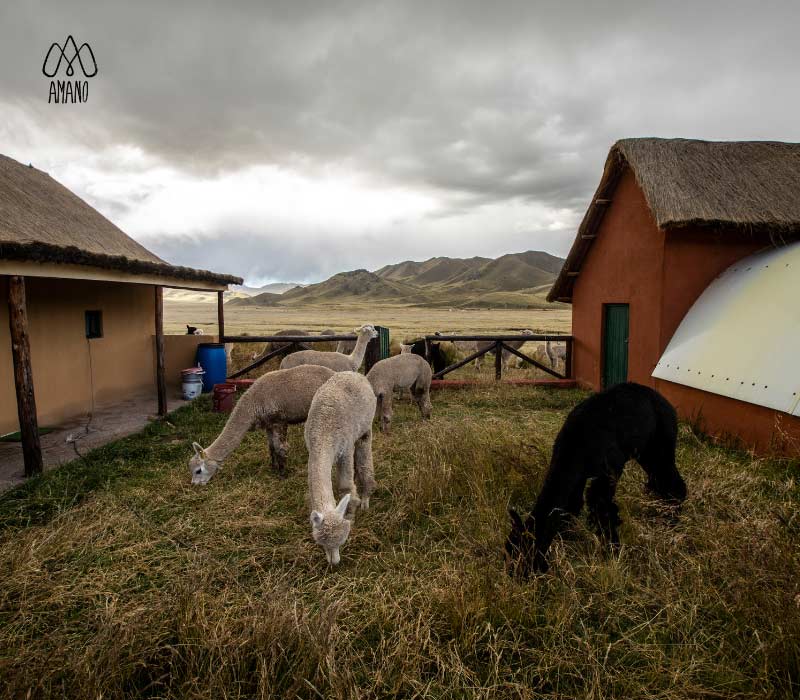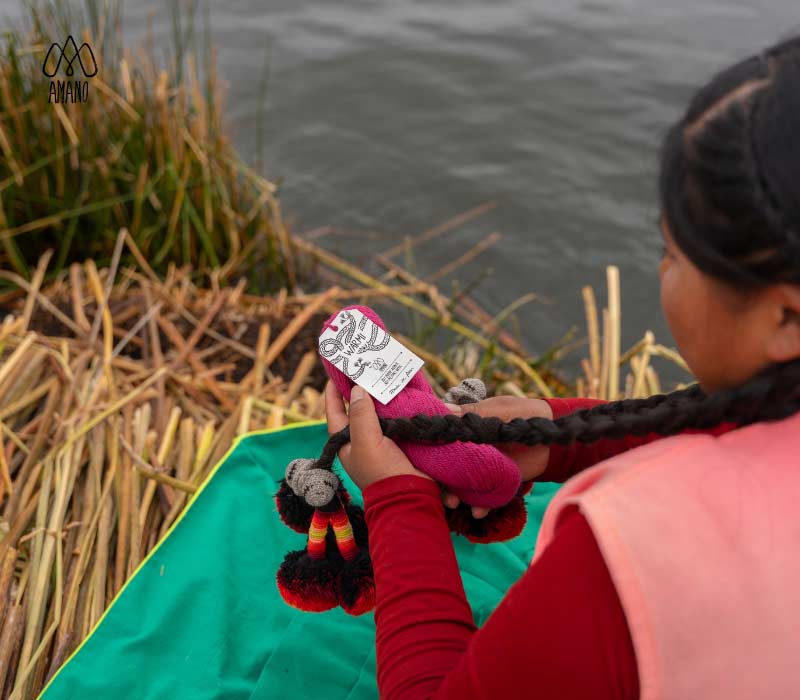Since ancient times, textile art has been a key cultural and economic expression in Andean communities. More than just a craft, it represents a heritage passed down from generation to generation, a deep connection with nature, and a source of economic opportunities. In this article, we explore how textile art, supported by committed brands like Amano, is changing lives and empowering communities through its high-quality yarns.

The Value of Textile Art in Andean Communities
Weaving has been a fundamental part of Andean identity for centuries. In the mountains of Peru, textiles tell the stories of the people, represent hierarchies, and transmit ancestral knowledge. However, beyond its cultural value, textile art has become a driving force for development, providing hundreds of families with a sustainable source of income.
Natural fibers such as alpaca wool, Pima cotton, and merino wool have enabled weavers and artisans to create unique pieces highly valued in national and international markets. With the support of brands committed to fair trade and the preservation of ancestral techniques, these artisans can access new markets and improve their quality of life.

Opportunities with Wool: A Path to Development
The textile art market has grown exponentially in recent years, bringing new opportunities for Andean artisans. Some of the ways wool and other fibers have created opportunities include:
1. Fair Trade and Sustainability
Fair trade has been a key pillar in transforming the textile sector in the Andes. Thanks to initiatives that prioritize fair prices and dignified working conditions, artisans can receive equitable compensation for their work.
2. Access to International Markets
With the growing global interest in artisanal and sustainable products, Andean textiles have conquered markets in Europe, the United States, and Asia. Brands like Amano have served as a bridge between weavers and international consumers, promoting the use of alpaca skeins and Pima cotton balls in contemporary designs.
3. Innovation Without Losing Tradition
Today, Andean textiles combine tradition and innovation. Designers and artisans work together to create pieces that respect traditional methods while incorporating modern trends. This not only expands creative possibilities but also allows communities to grow their businesses.
The Impact of Textile Art on Communities
The empowerment of artisans translates not only into economic benefits but also into significant changes in their lives and environments. Some of the most notable impacts include:
- Improved quality of life: A stable income allows access to better nutrition, education, and healthcare for artisan families.
- Cultural preservation: By giving commercial value to traditional textiles, new generations find reasons to continue their ancestors' legacy.
- Greater gender equality: Many Andean weavers have achieved economic independence through textile art, strengthening their role within the community.

Conclusion
Textile art not only beautifies the world with its colors and textures but also transforms lives. Thanks to the demand for quality yarns and the commitment of brands like Amano, Andean communities find in wool and weaving an opportunity for a better future. Discover more about our alpaca skeins and other products designed to preserve and enhance Andean textile art. Discover our alpaca yarns
MostbetTürkiye Giris



